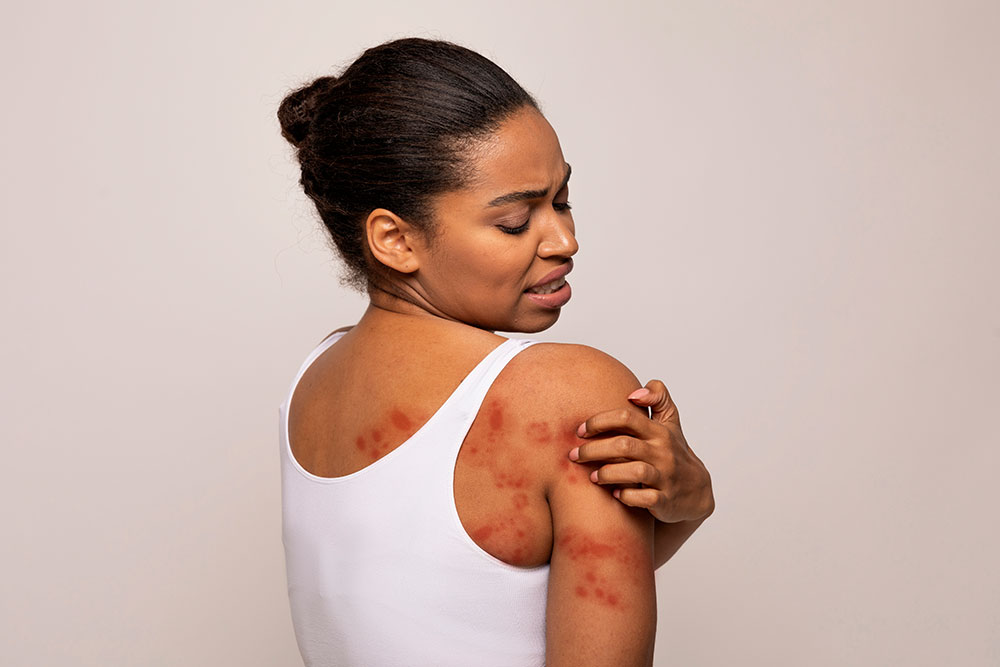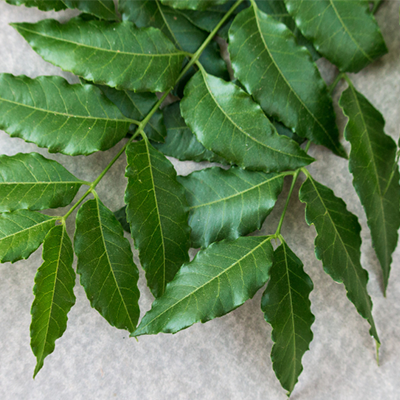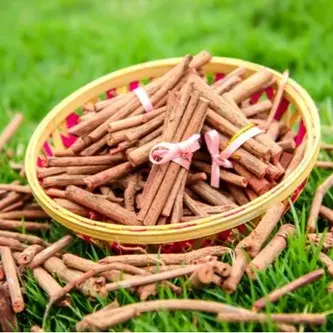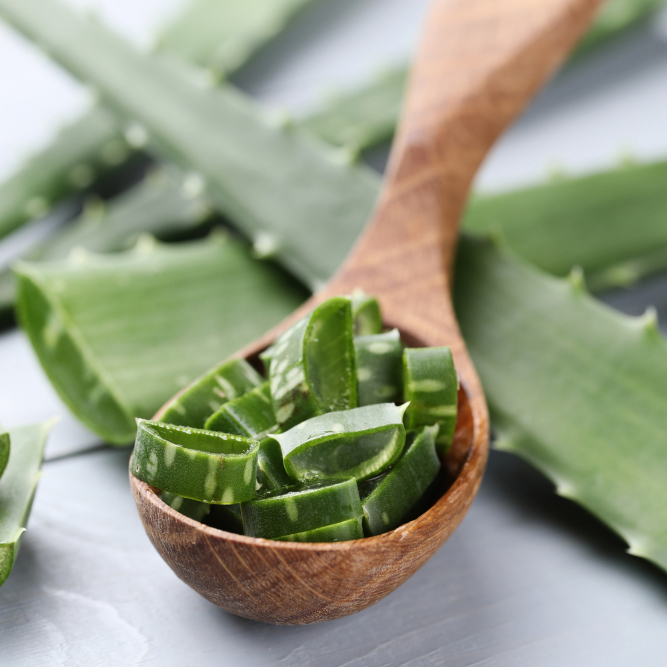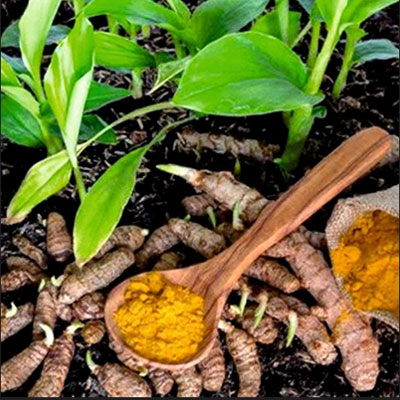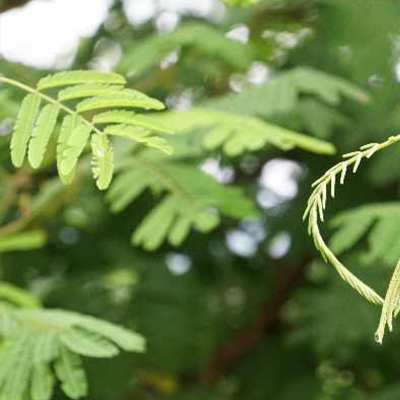Dermatitis is an umbrella term for inflammation of the skin that leads to redness, itching, and irritation. It is commonly referred to as eczema, though eczema is a specific type of dermatitis. Dermatitis can affect people of all ages and often has a significant impact on quality of life due to discomfort and cosmetic concerns.
Types of Dermatitis
1. Atopic Dermatitis (Eczema):
- A chronic condition often linked to allergies, asthma, or hay fever.
- Common in children but can persist into adulthood.
2. Contact Dermatitis:
- Triggered by contact with irritants (e.g., soaps, chemicals) or allergens (e.g., poison ivy, nickel).
- Divided into irritant contact dermatitis and allergic contact dermatitis.
3. Seborrheic Dermatitis:
- Affects oily areas of the body, such as the scalp, face, and chest.
- Causes flaky, scaly patches (dandruff is a mild form).
4. Dyshidrotic Dermatitis:
- Characterized by small, itchy blisters on the hands and feet.
- Often associated with stress or allergies.
5. Nummular Dermatitis:
- Appears as coin-shaped spots of itchy, scaly skin.
- Often occurs during dry weather or with irritants.
6. Stasis Dermatitis:
- Results from poor blood flow, often in the lower legs.
- Common in people with varicose veins or venous insufficiency.
7. Neurodermatitis:
- Triggered by repetitive scratching or rubbing, leading to thickened, leathery patches.
Predisposing Factors for Dermatitis
1. Genetic Factors:
- Family history of eczema, asthma, or hay fever.
2. Allergic Reactions:
- Sensitivity to specific foods, pollens, or environmental allergens.
3. Environmental Factors:
- Exposure to irritants, harsh chemicals, or allergens.
4. Dry Skin:
- Reduced moisture in the skin barrier increases susceptibility to inflammation.
5. Stress and Emotional Factors:
- Stress can trigger or worsen flare-ups.
6. Climate:
- Extreme weather conditions (dry or humid) can aggravate symptoms.
7. Weakened Immune System:
- Makes the skin more prone to infections and inflammation.
8. Underlying Health Conditions:
Conditions like diabetes or venous insufficiency can predispose a person to dermatitis.
Symptoms of Dermatitis
- Redness: Inflammation and discoloration of the affected area.
- Itching: Often severe and persistent, leading to scratching and skin damage.
- Dryness and Scaling: Cracked, flaky, or scaly skin, especially in chronic cases.
- Swelling: Swollen, tender skin, sometimes accompanied by blisters.
- Oozing or Crusting: In severe cases, fluid-filled blisters may ooze or form crusts.
- Thickened Skin: Long-term scratching or rubbing can lead to thick, leathery patches.
Ayurvedic Perspective on Dermatitis
In Ayurveda, dermatitis is linked to imbalances in the Tridoshas:
- Vata: Leads to dryness and scaling of the skin.
- Pitta: Causes redness, inflammation, and burning sensations.
- Kapha: Contributes to oozing, stickiness, and swelling.
It is considered a manifestation of Kushta Roga (skin diseases) and involves toxins (Ama) and poor digestion (Agni imbalance).
Ayurvedic Treatment for Dermatitis
Panchakarma Therapies:
- Virechana (Purgation): Removes excess Pitta from the body.
- Raktamokshana (Bloodletting): Balances Pitta and purifies the blood.
- Karna Dhara: Pouring medicated oils on the body to soothe inflamed skin.
Herbal Remedies:
Neem (Azadirachta indica):
Antibacterial and antifungal; helps reduce itching and inflammation.
Used as a paste or oil for external application.
Manjistha (Rubia cordifolia):
Purifies the blood and reduces redness and inflammation.
Aloe Vera (Kumari)
Soothes itching, reduces dryness, and promotes healing.
Haridra / Turmeric (Curcuma longa):
Anti-inflammatory and antiseptic; helps manage flare-ups.
Khadira (Acacia catechu):
Effective in treating chronic skin conditions.
Topical Applications
Herbal Oils:
- Coconut oil or sesame oil infused with herbs like neem or turmeric to hydrate and protect the skin.
- Eladi Taila and Kumkumadi Taila for localized application to reduce inflammation and promote skin health.
Chandan (Sandalwood) Paste:
- Cools and soothes the skin.
Diet (Ahara):
Foods to Include:
- Fresh fruits (like pomegranate and apples) and vegetables.
- Cooling and hydrating foods to pacify Pitta.
- Herbal teas made with coriander, fennel, or mint.
Foods to Avoid:
- Spicy, sour, and fried foods.
- Processed foods and allergens like dairy or gluten (if sensitive).
Lifestyle Modifications (Dinacharya):
- Avoid harsh soaps and detergents; use natural cleansers like chickpea flour.
- Keep the skin moisturized with herbal oils or natural emollients.
- Wear loose, cotton clothing to reduce irritation.
- Practice stress-relieving activities like yoga, pranayama, and meditation.
Rasayana (Rejuvenation):
Use tonics like Chyawanprash to strengthen immunity and improve skin health.
Yoga and Pranayama:
- Poses like Bhujangasana (Cobra Pose) and Trikonasana (Triangle Pose) improve circulation and detoxify the body.
- Breathing exercises like Anulom Vilom and Sheetali reduce stress and inflammation.


